Avoid Making These Mistakes With Your Caffeine Fix

|
This article was updated on 03/26/21.
Ads we feature have been independently selected and reviewed. If you make a purchase using the links included, we may earn a commission, which helps support the site. Thank you for your support.
Coffee; there’s nothing like it, whether when waking up to a breakfast of toast made with homemade bread, taking a social break, of settling a satisfying dinner. It seems so easy but many people make the following mistakes when brewing the perfect cup of coffee. Don’t be that guy or gal.
Using Water from the Faucet
Tap water can be full of impurities and various minerals. This is not to say that it will make you sick, but there is a strong possibility that it will throw the flavor of your java off and deposit scale in your coffee pot. Instead of using tap water, use bottled spring water or filtered water.
Buying Grocery Store Cold Brew Coffee
This is convenient but expensive. Why? I’m guessing because it’s trendy with the hipsters. Instead, invest in a good quality cold brew coffee maker. Then you can spend that big money on high-quality beans. I use the Zulay cold coffee maker (there’s a link to my product review at the bottom of this page). This allows me to amend the grounds with cinnamon and fresh mint from my garden. Complete control.
Purchasing Pre-Ground Beans
OK, in today’s busy world, you might not want to take the time to grind up some beans in the morning. Just grind it before you go to bed the night before. It will still be great in the morning. Why is this important? Many of the aromas contained in coffee are volatiles. This means they are in a gas form and they are imprisoned in the cells of the beans. But when you grind the beans, these gasses are liberated. Ground coffee from the store, whether it is Free Trade or not, has lost aromas 40 times faster than whole beans by the time you see it. This is why a home grinder is a must-have for someone whose java is near and dear to them.
What Kind of Grinder? I’m Confused.
There are basically two kinds of coffee grinders, blade grinders and burr grinders. The blade models have just that–blades, similar to your blender. Of course they are the less expensive of the two.
Burr grinders utilize two revolving abrasive surfaces (the burrs), in between which the coffee is ground, a few beans at a time. Coffee aficionados will pick burr grinders over blades every time. The reason is that that the beans are ground in a uniform size, the machine is sturdier and will last longer, and you have more control over your grind than you do with a blade. I use the Capresso 560.01 Infinity. It has commercial-grade solid conical steel burrs with advanced cutting design. And the price is reasonable.
Using a Cold Coffee Cup/Mug
This one is a no-brainer, right? There is no sense in having a hot beverage if you are just going to pour it into a container that is going to cool it off. So pre-heat your cup!
You can either pour boiling water into it or pour cold water into it and microzap it for 45 seconds or so. Either way you will be off to a good start. I work out of my home office and use a small heated coaster (a Cosori Automatic Coffee Warmer) on my desk to keep my brew hot so I can drink it sloooowly.
Not Using the Correct Sugar and Milk
OK, if you’ve made it this far in the article, you are serious about your cuppa Joe. There’s no point in not doing it right all the way. Now, I am a stickler about drinking mine black and strong but I realize that many of you like the milk and sugar thing. (Not that there’s anything wrong with that, as Seinfeld would say.)
As far as the sugar goes, raw sugar (turbinado sugar) simply tastes better than white sugar. As for milk, put away the skim, nonfat, or 2% stuff; it will just water down your brew. Instead opt for whole milk or half-and-half. It won’t add that much cholesterol to your diet. If that’s a concern, ask your doctor about statins. A good cup is worth it.
Storing Coffee Beans in the Wrong Place
A popular misconception is that the freezer is a good place to store your coffee beans and grounds. That might sound logical but it doesn’t work that way, no matter what Grandma said.
Ideally, they should be stored in a cool, dry place. They will remain in tip-top shape for 1-3 weeks in your pantry if you should store them in an airtight opaque container. They degrade quickly in the presence of light, heat, or oxygen. In our home, we enjoy Black Rifle Coffee. A new package arrives in the mail every other week.
So there you have it. Following these tips will ensure that you don’t make the most common mistakes brewing the perfect cup of coffee. And it never hurts to buy organic coffee beans.
Further Reading
- Zulay Cold Brew Coffee Maker – Product Review
- Growing Mint: An Herb Garden Staple
- Cosori Automatic Coffee Warmer Review
- Black Rifle Coffee: A Product Review
Looking for more great content? Visit our main page or partner sites:
I offer article and blog-writing services. Interested? Contact me for a quote!
Did you find this article helpful? Millions of readers rely on information on this blog and our main site to stay informed and find meaningful solutions. Please chip in as little as $3 to keep this site free for all.



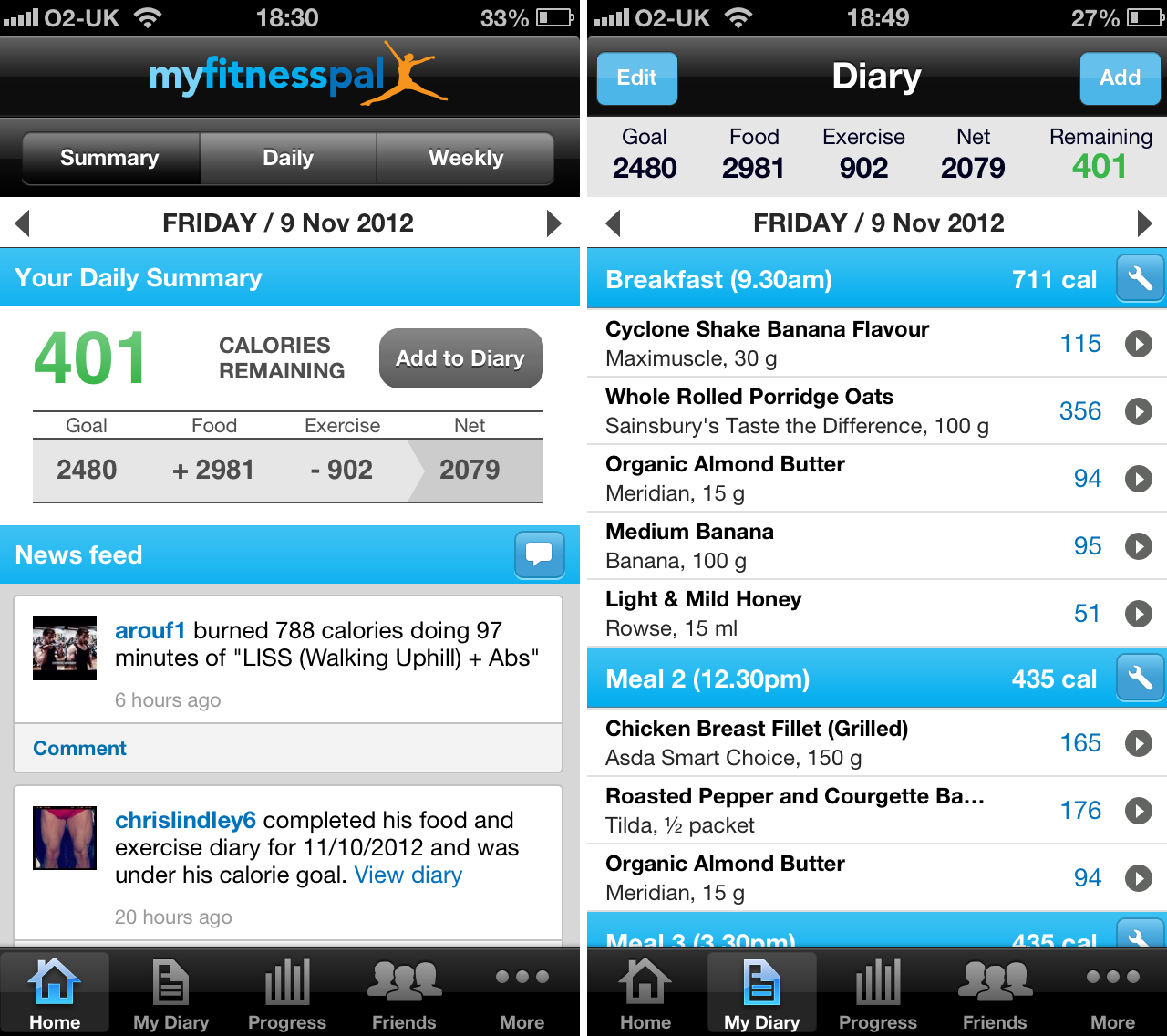
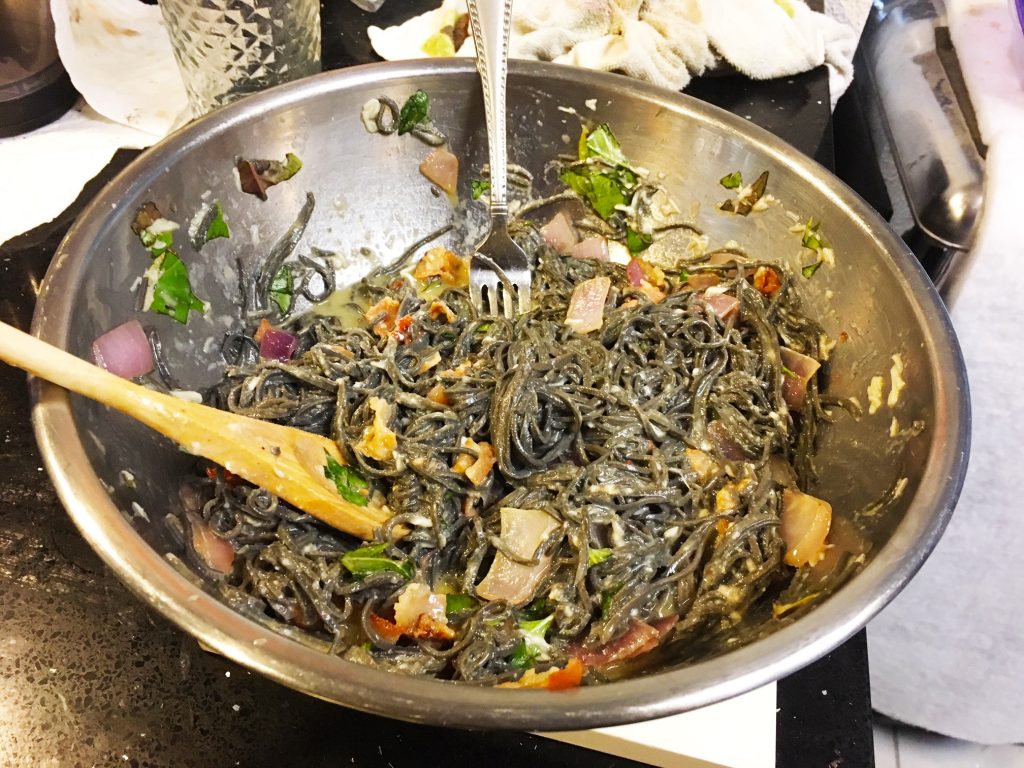
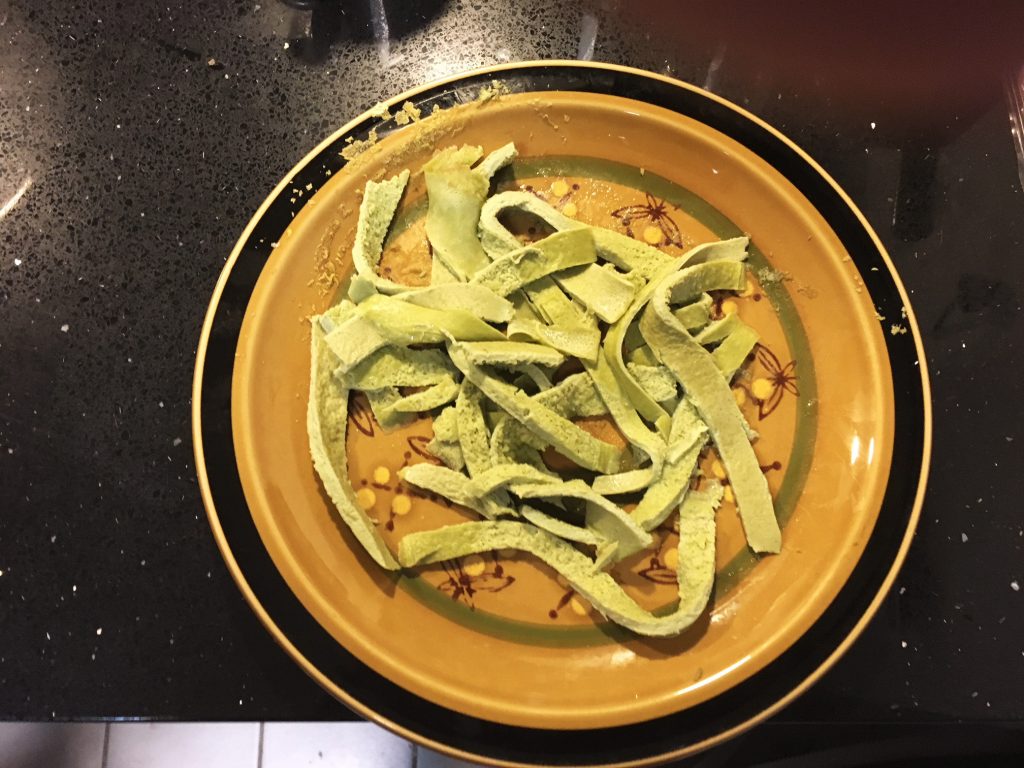

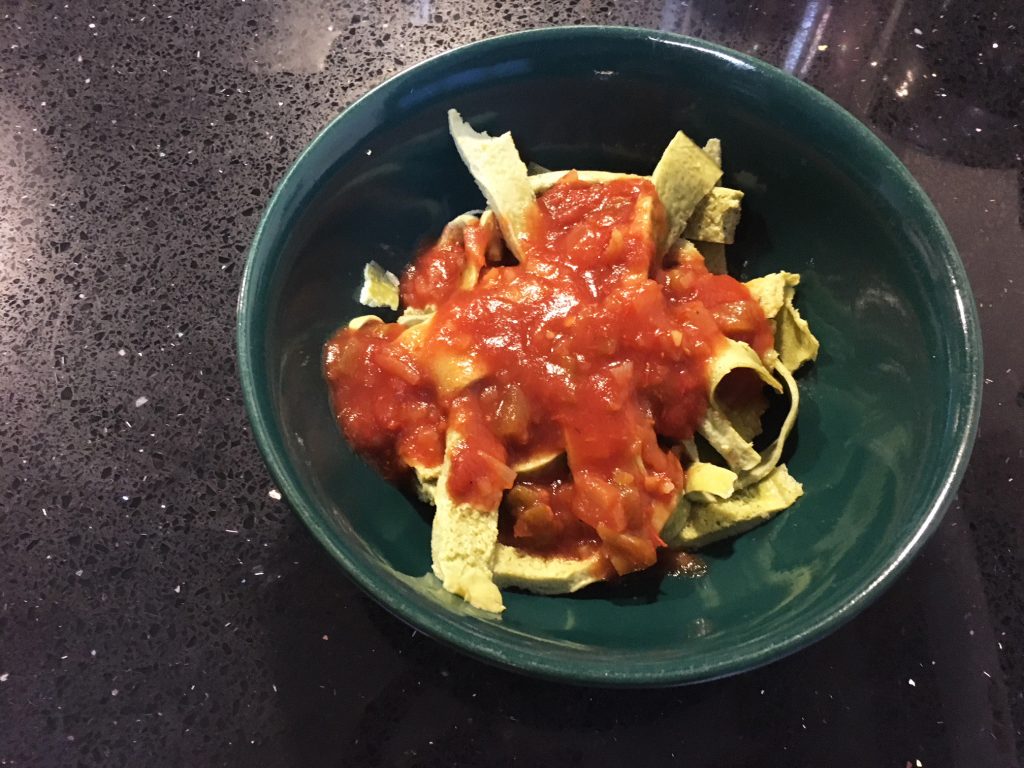
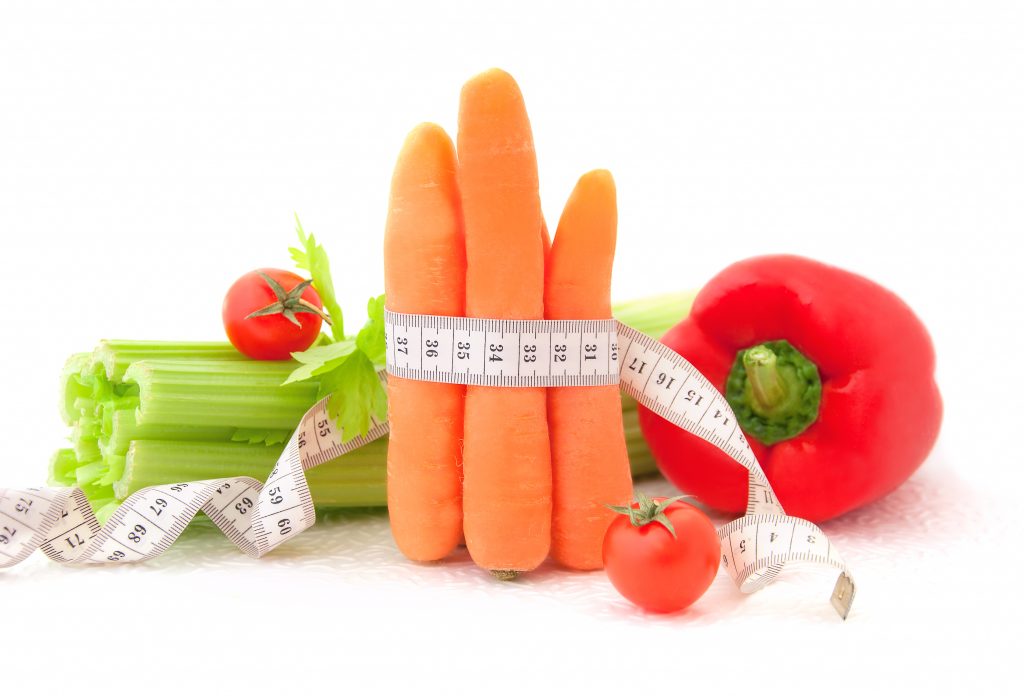

 Kelly R. Smith is an Air Force veteran and was a commercial carpenter for 20 years before returning to night school at the University of Houston where he earned a Bachelor’s Degree in Computer Science. After working at NASA for a few years, he went on to develop software for the transportation, financial, and energy-trading industries. He has been writing, in one capacity or another, since he could hold a pencil. As a freelance writer now, he specializes in producing articles and blog content for a variety of clients. His personal blog is at
Kelly R. Smith is an Air Force veteran and was a commercial carpenter for 20 years before returning to night school at the University of Houston where he earned a Bachelor’s Degree in Computer Science. After working at NASA for a few years, he went on to develop software for the transportation, financial, and energy-trading industries. He has been writing, in one capacity or another, since he could hold a pencil. As a freelance writer now, he specializes in producing articles and blog content for a variety of clients. His personal blog is at 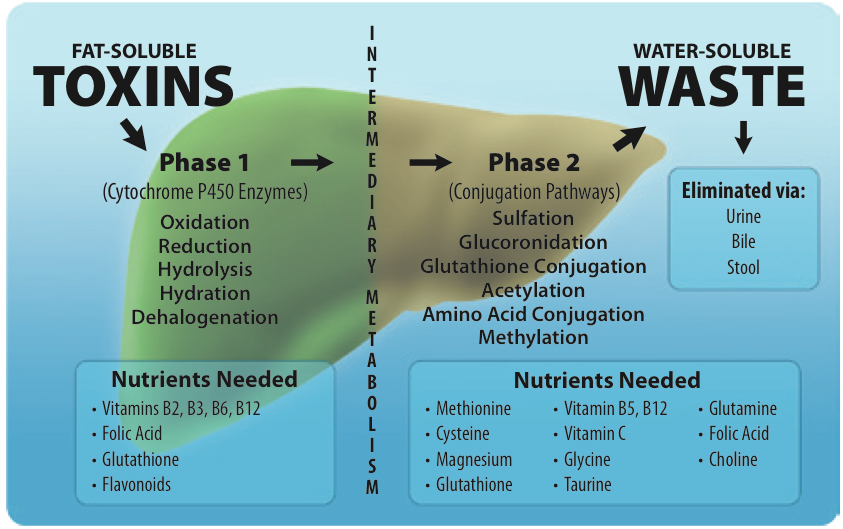

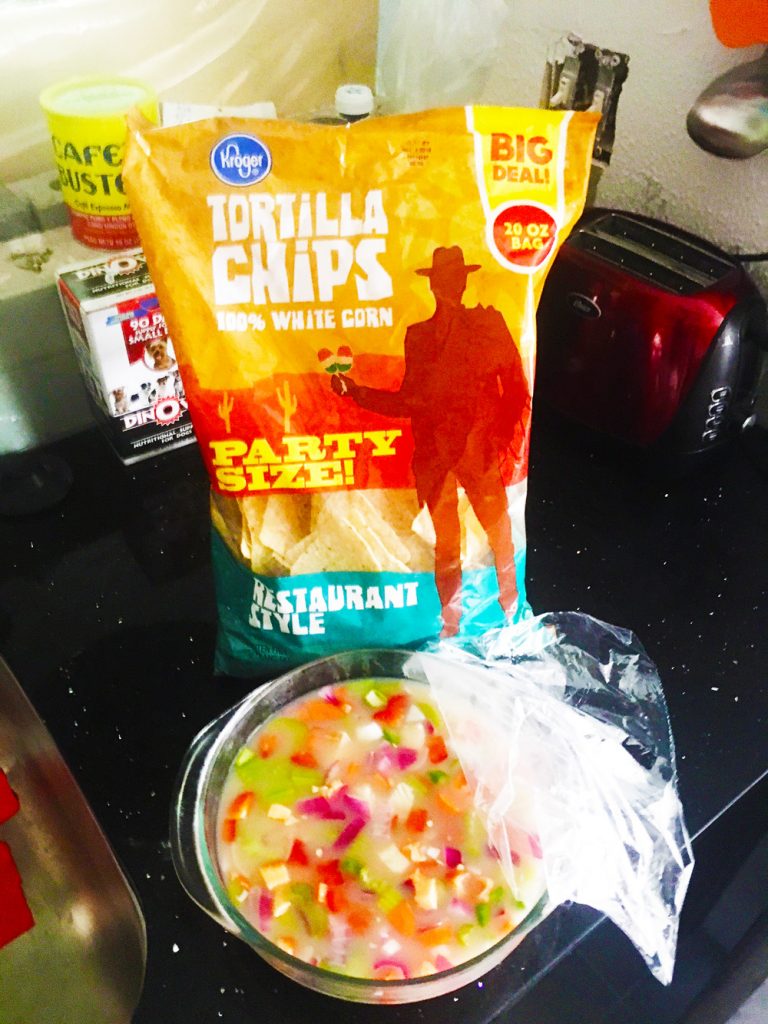
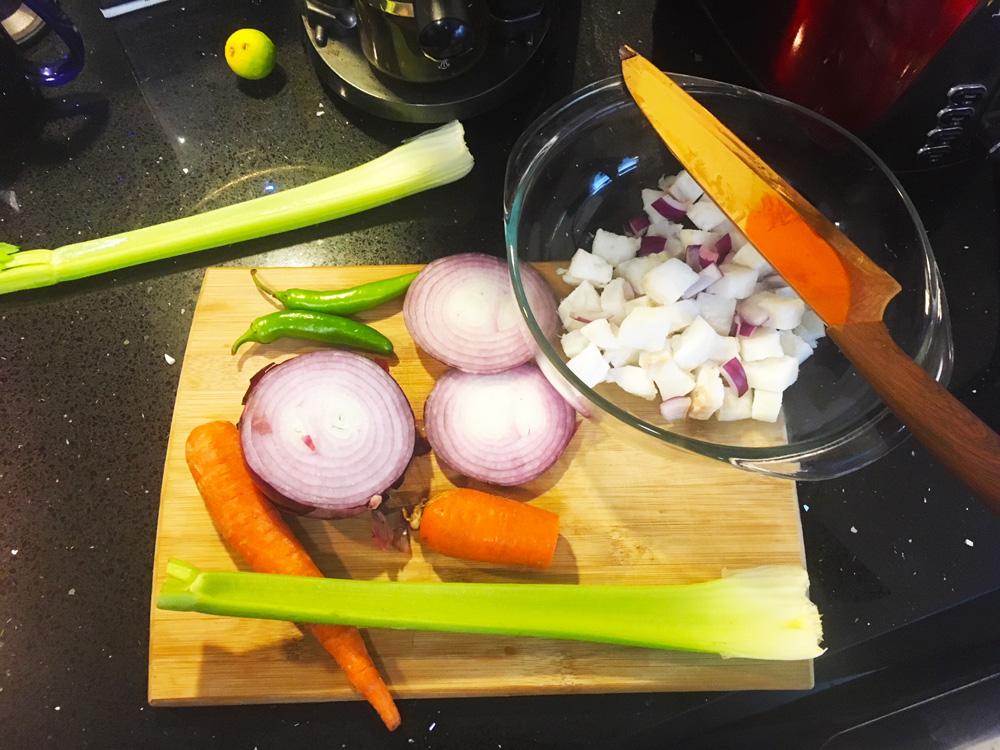






 Kelly R. Smith is an Air Force veteran and was a commercial carpenter for 20 years before returning to night school at the University of Houston where he earned a Bachelor’s Degree in Computer Science. After working at NASA for a few years, he went on to develop software for the transportation, financial, and energy-trading industries. He has been writing, in one capacity or another, since he could hold a pencil. As a freelance writer now, he specializes in producing articles and blog content for a variety of clients. His personal blog is at
Kelly R. Smith is an Air Force veteran and was a commercial carpenter for 20 years before returning to night school at the University of Houston where he earned a Bachelor’s Degree in Computer Science. After working at NASA for a few years, he went on to develop software for the transportation, financial, and energy-trading industries. He has been writing, in one capacity or another, since he could hold a pencil. As a freelance writer now, he specializes in producing articles and blog content for a variety of clients. His personal blog is at 